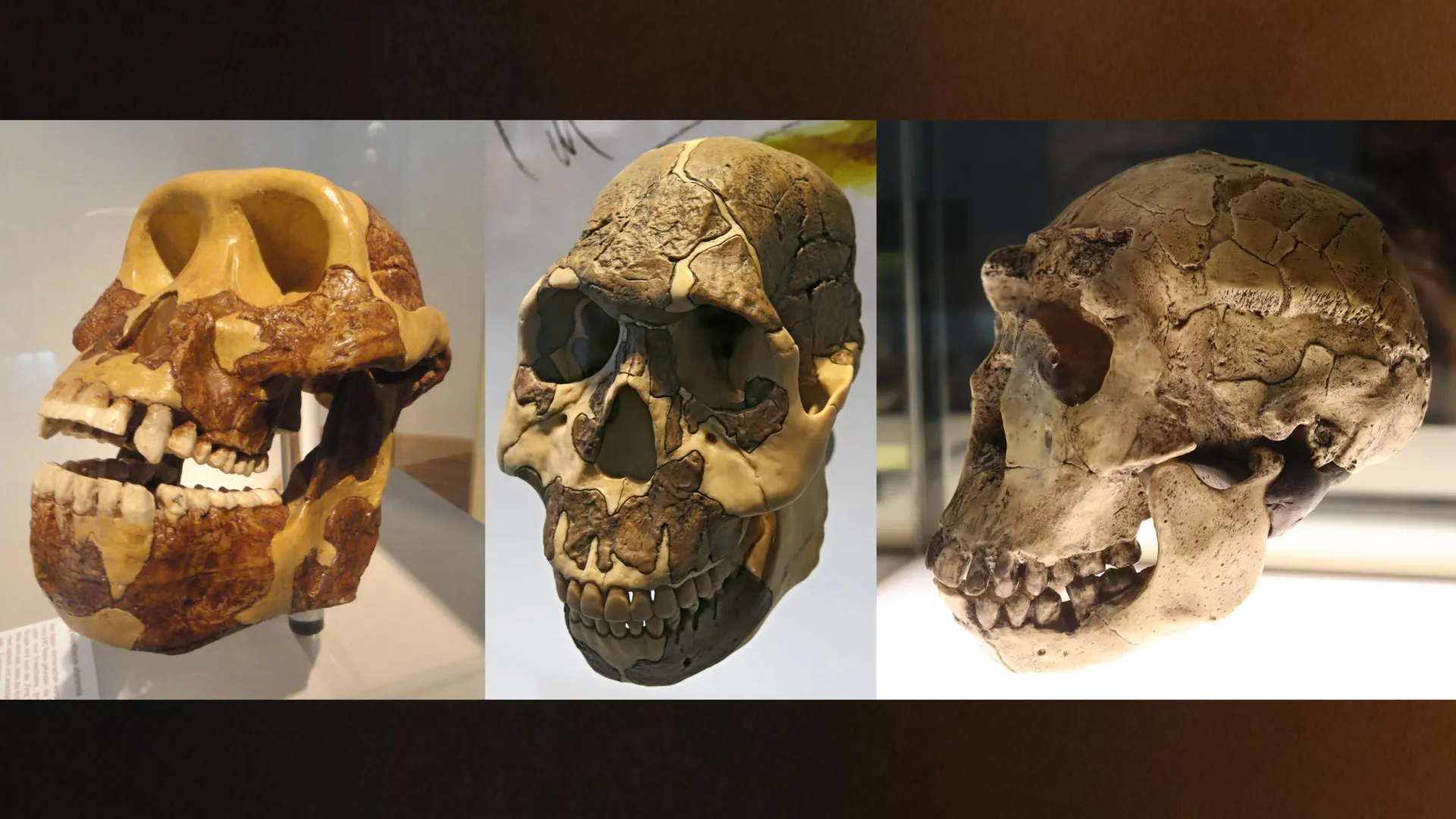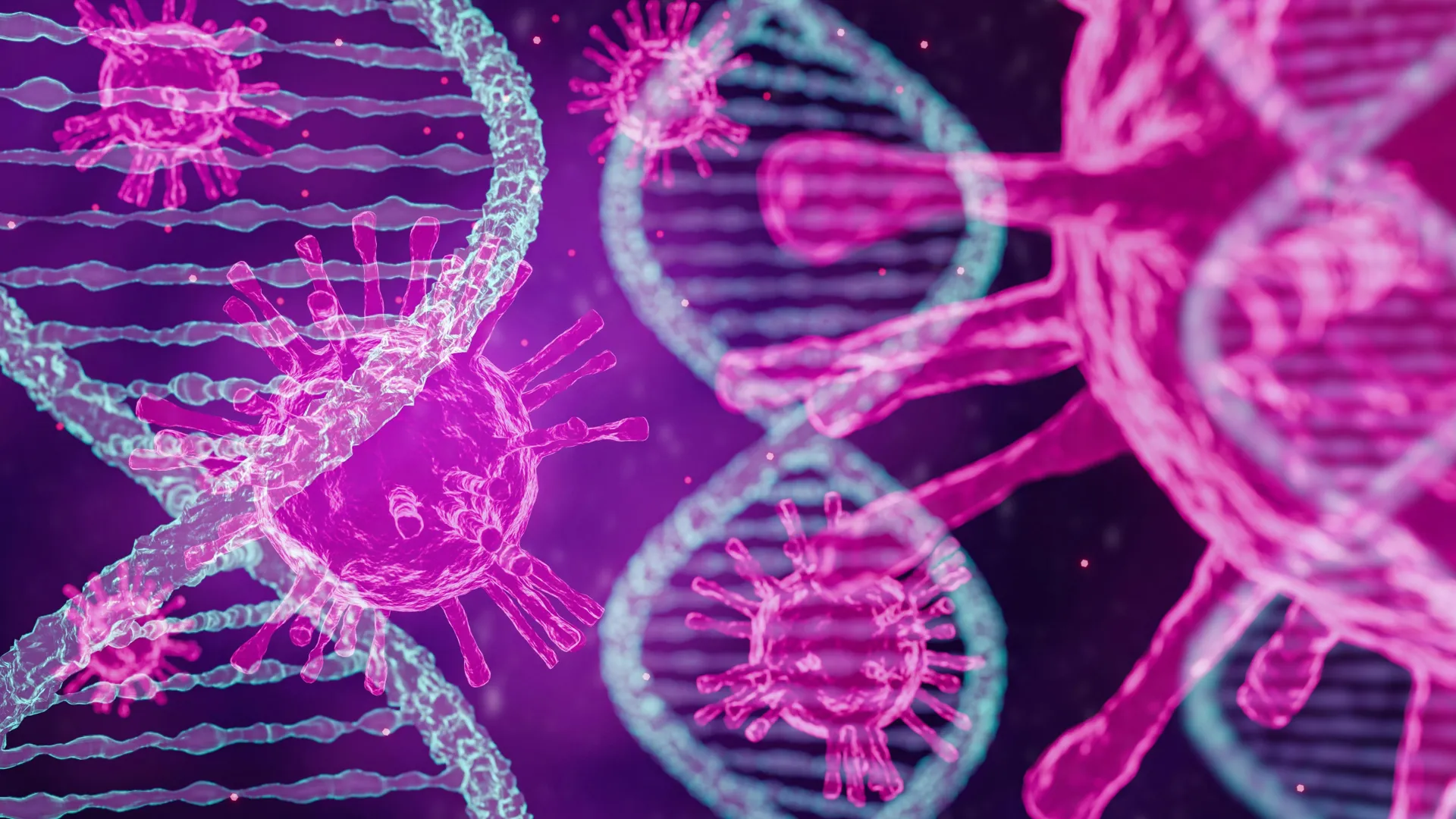Now Reading: How Ancient Carbs Shaped Human Evolution 700,000 Years Ago
-
01
How Ancient Carbs Shaped Human Evolution 700,000 Years Ago
How Ancient Carbs Shaped Human Evolution 700,000 Years Ago

Fast Summary
- A Dartmouth-led study reveals early humans ate carbohydrate-rich plants long before their teeth evolved to efficiently chew them.
- The research involved analyzing fossilized hominin teeth for carbon and oxygen isotopes to track dietary habits across millions of years.
- findings show early humans adapted behaviors beneficial for survival,leading to evolutionary changes in teeth morphology over time.
- Between 3.4 to 4.8 million years ago, hominins and primates shifted from fruits and insects toward grasses and sedges despite lacking appropriate dental adaptations.
- Around 2 million years ago, dietary habits changed dramatically with species like Homo habilis incorporating underground carbohydrate-rich plant organs such as tubers, bulbs, and corms into their diet using stone tools.
- Over time, hominin molars became longer while smaller front teeth developed better suited for consuming cooked or tougher plant tissues.
- This behavioral adaptation is argued as a key evolutionary milestone enabling rapid population growth, larger brain sizes, and reduced reliance on hunting.
Indian Opinion Analysis
This study highlights humanity’s deep evolutionary connection with agricultural staples like grasses-all central to today’s global food systems (e.g., rice and wheat). India’s agricultural economy heavily relies on similar crops that trace back millennia of exploitation by human ancestors adapting to challenging environments.
The findings emphasize two critical ideas: the importance of behavioral flexibility in overcoming physical limitations-a trait modern societies could explore when addressing pressing challenges like climate change-and the role of underground resources (e.g., tubers) as enduring energy solutions during crises.
For Indian policymakers in agriculture or nutrition sectors grappling with increasing populations or fluctuating food security concerns-harnessing indigenous root crops akin to tubers might bring historically proven resilience into future strategies.


























